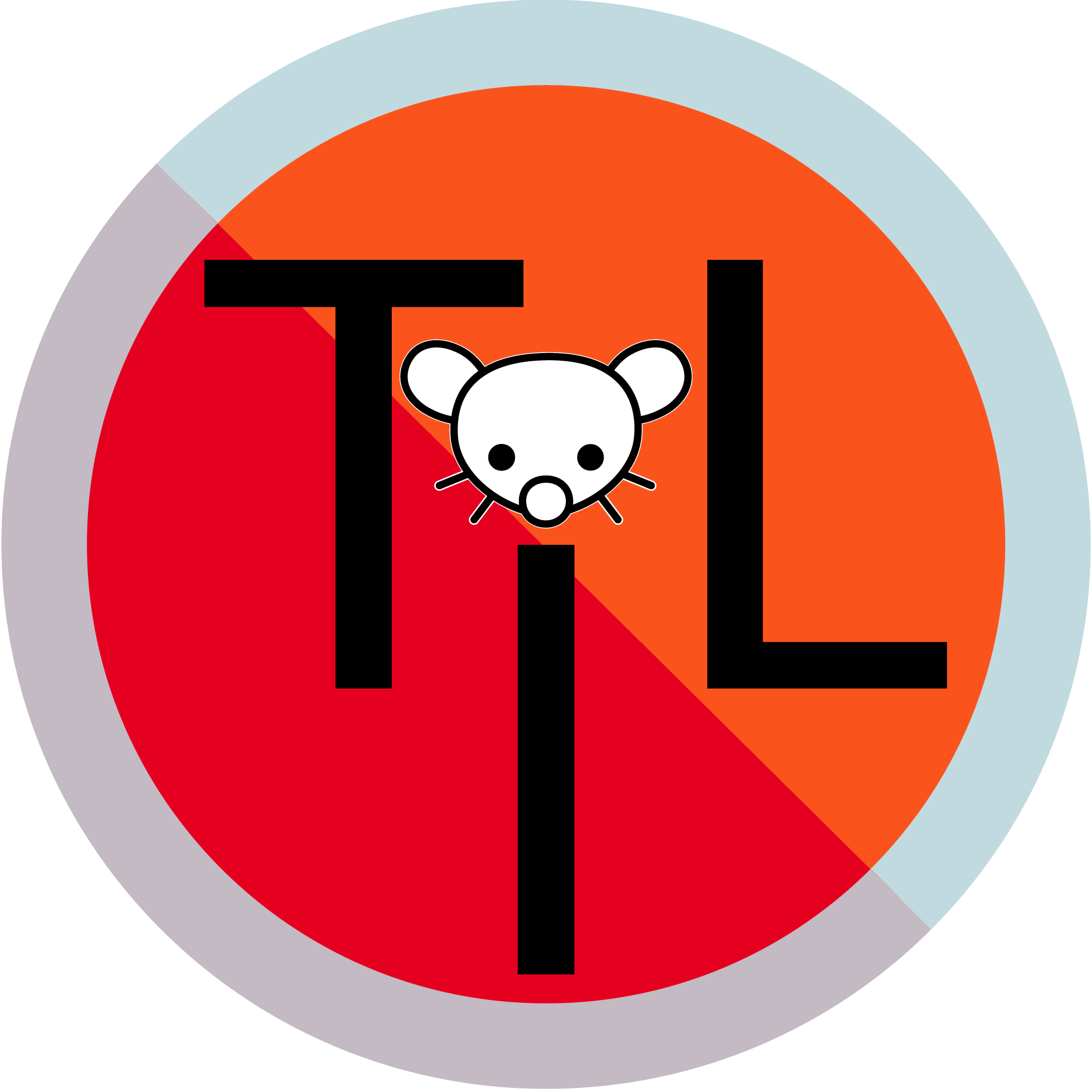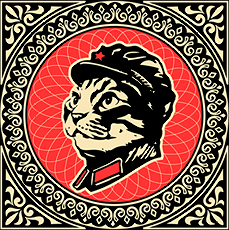No he didn’t, the laugh track requires recorded sound. He did not have that technology.
He invented the concept.
No, he didn’t do that either. He had no concept of the possibility of recorded sound. Don’t get your history information from YouTube videos.
The concept did not require recorded sound. Like why put in a source if nobody is going to use it, especially when it’s the one named for the Today I Learned community?
How exactly would you invent the laugh track if you didn’t understand the concept of recorded sound since it literally requires recorded sound?
This is like saying the Mayans came up with the car despite not understanding the wheel.
You could have a hired group of people to laugh at certain jokes in a theatre show? Would sound exactly like and have the same purpose as a laugh track. It’d be live and not recorded, but just as non-genuine as actual laughter from the audience.
Sorry, but since when does “sounds like/has the same effect” mean it’s the same thing? Is a recording of a trumpet played on a speaker next to an orchestra the same as a trumpeter in an orchestra even though the effect is the same?
Hiring people to laugh at your jokes is not a laugh track. Saying he invented the laugh track is just not true.
I feel like you’re being overly pedantic here. The idea was intended to have the exact same effect, for the exact same reason. The only difference is the medium.
The most important element of a “laugh track” isn’t the track, it’s the element of laughter purposefully being inserted rather than being elicited from the audience. Sure, these days it’s easiest to do with a recording. But if you wanted to do so before recordings existed, that was possible too: you just need to hire people to do it.
But you’re correct that they didn’t have recording equipment in ancient times. But that also wasn’t the point of the video.
Nero had people sit in the audience and purposefully laugh and do other reactions on cue. He was the first to do this as a routine, which turned into the practice we know today. Maybe it’s the use of the word “track”; I did not mean the device.
You can call that planted actors or audience participation. Which were things that were probably done long before him. But it’s not the same as a laugh track, which is a specific thing.
They obviously understood the wheel, engine would be a better comparison. You are correct otherwise.
As your article says, they understood them. How could they make toys with them otherwise?
That’s not a laugh track… More equivalent to the laugh sign when there’s a live studio audience



